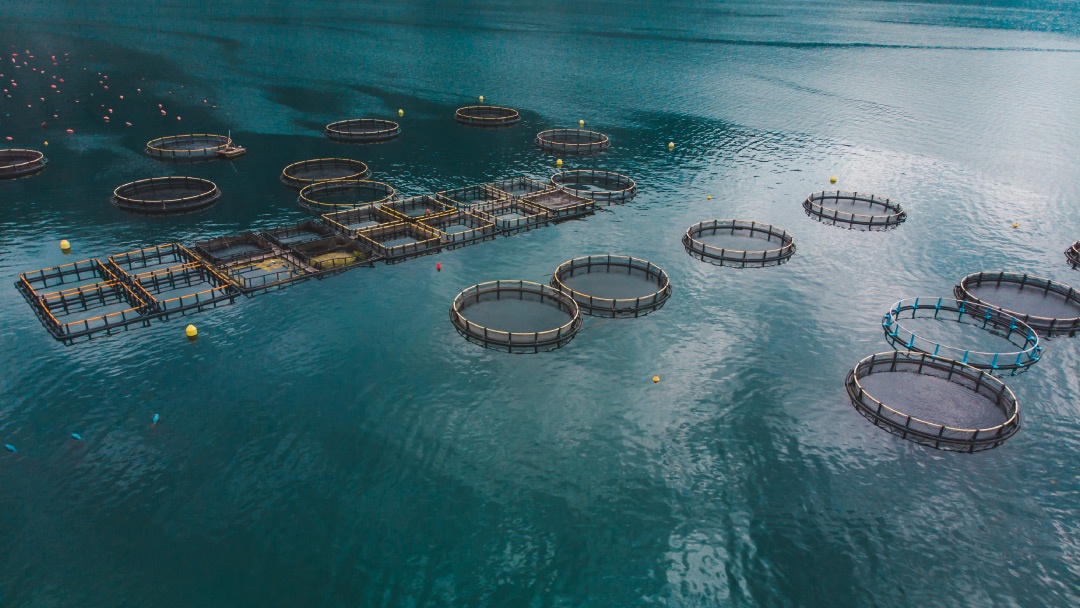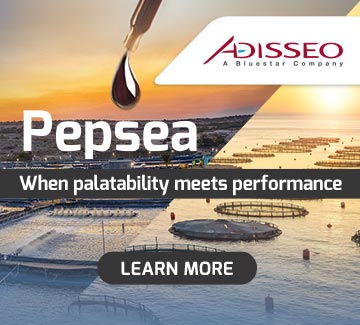
The use of electrical stunning in aquaculture—where a current is applied to fish before slaughter—has gained increasing recognition due to its clear benefits for both animal welfare and product quality.
This method induces immediate unconsciousness, significantly reducing stress and suffering. It is widely recommended by organisations such as the European Food Safety Authority (EFSA) and the World Organisation for Animal Health, as it avoids the drawbacks of traditional methods such as asphyxiation and ice immersion, which can prolong distress and affect fish quality.
Although already widely used in the slaughter of other commercially farmed species, such as salmon, its adoption remains limited in Mediterranean aquaculture, particularly in the production of gilthead sea bream and European sea bass. This is despite evidence showing that it enhances fillet texture and reduces bruising, particularly in sea bass.
According to Martin Wicke, Naomi Murn, and August Hochman, in a recent study, the slow uptake of this technology in Italy is primarily due to financial and logistical barriers. These include high investment costs, concerns about equipment compatibility with existing fishing vessels, and a general lack of awareness among producers regarding the technical requirements and benefits of the system. Additionally, there is little consumer-driven demand pushing for its implementation.
For this technology to be progressively integrated into the sea bream and sea bass sector, experts suggest addressing existing challenges through better dissemination of information, industry training, and research into its benefits. They also highlight the importance of facilitating access to financial support through European funding and ensuring that equipment manufacturers develop more adaptable solutions tailored to the specific needs of Mediterranean fish farms.
Ultimately, while the authors of the study acknowledge that significant barriers remain, they emphasise that there are clear opportunities to overcome these challenges—provided that the right strategies are put in place.


